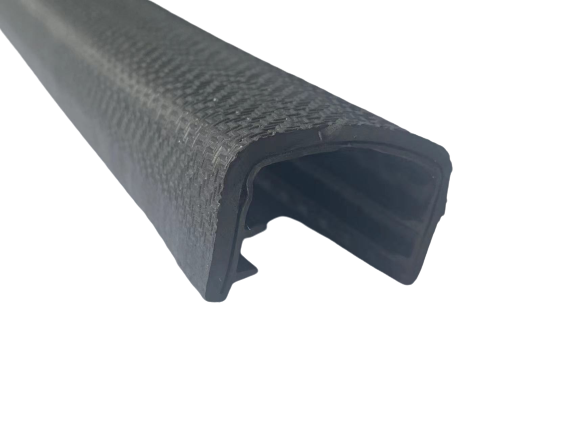Nov . 20, 2024 14:28 Back to list
garage door gaps
Understanding Garage Door Gaps Causes and Solutions
Garage doors are essential components of our homes, providing security, convenience, and even insulation. However, many homeowners overlook a common issue gaps around garage doors. These gaps can lead to a variety of problems, from increased energy bills to pest invasions.
What Causes Garage Door Gaps?
Gaps around garage doors can arise from several sources. One of the most common causes is improper installation. If the door is not aligned correctly with the tracks or the frame, it may leave spaces that allow air and pests to enter. Additionally, wear and tear over time can lead to gaps. As garage doors age, the materials may warp or settle, resulting in uneven surfaces and gaps.
Temperature fluctuations can also contribute to the problem. In cold or hot weather, materials expand and contract, which can create or exacerbate gaps. Furthermore, if the door's seal or weather stripping becomes damaged or degraded, it won’t perform its job effectively, leading to openings.
Why Are Garage Door Gaps a Concern?
The implications of these gaps can be far-reaching. For one, they can lead to increased energy costs. Gaps allow heated or cooled air to escape, forcing your heating or cooling system to work harder. This inefficiency can significantly impact your utility bills over time.
garage door gaps

Another major concern is security. Gaps can provide an entry point for unwanted guests, whether they are pests like mice and insects or even intruders. Keeping your garage door sealed properly helps maintain safety and protects your valuable belongings.
Moreover, gaps can lead to moisture accumulation within the garage, which can create an environment conducive to mold growth or cause damage to stored items. In climates where it rains or snows, gaps can lead to water infiltration, resulting in further damage and repair costs.
Solutions to Garage Door Gaps
Fortunately, there are several solutions to address garage door gaps. First, assessing the alignment of the garage door is crucial. If misalignment is detected, it may require professional adjustment. Secondly, checking the condition of weather stripping is essential. Replacing worn or damaged seals can significantly reduce gaps.
Homeowners can also consider adding a door sweep or threshold seal. These products provide an additional layer of protection against drafts and pests. Regular maintenance and inspection can help catch potential issues before they escalate.
In summary, while gaps around garage doors may seem minor, they can lead to significant problems over time. By understanding the causes and taking proactive measures, homeowners can ensure their garage remains a secure and efficient space. Taking the time to address these gaps ultimately protects your home’s integrity and enhances energy efficiency.




